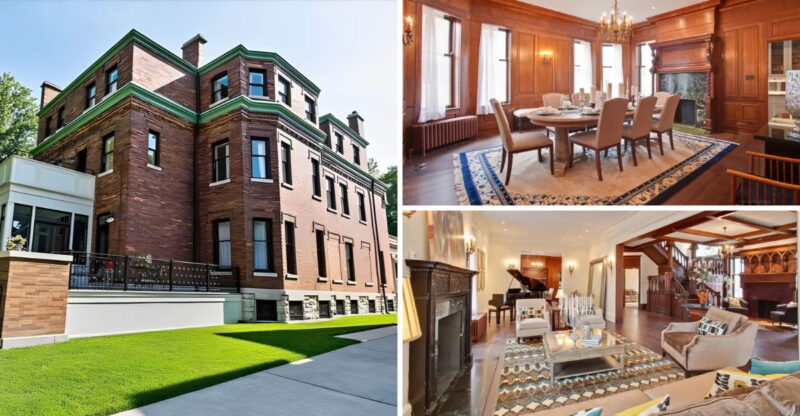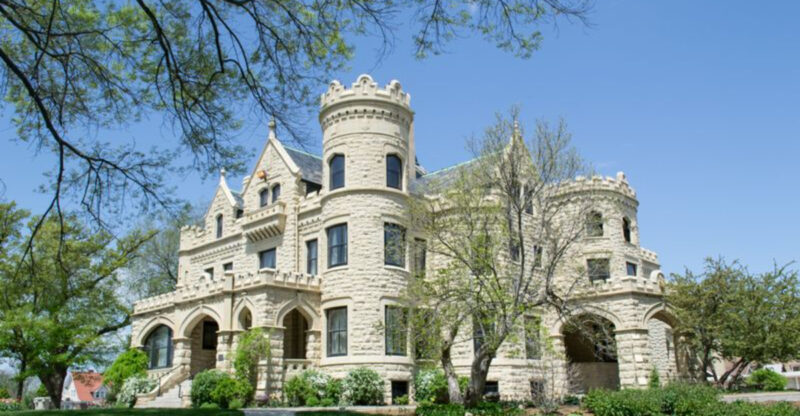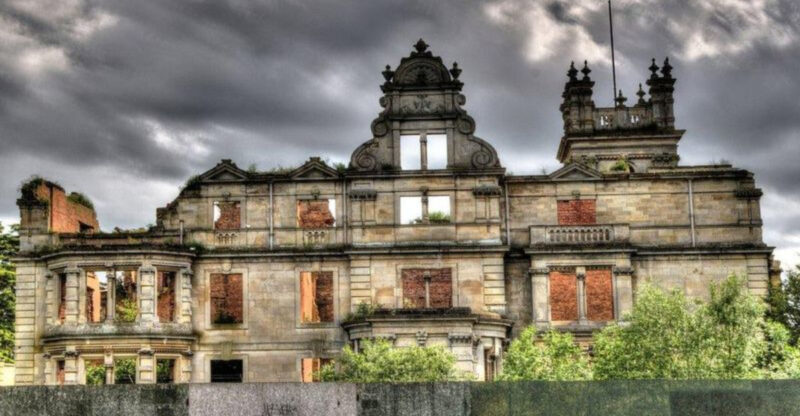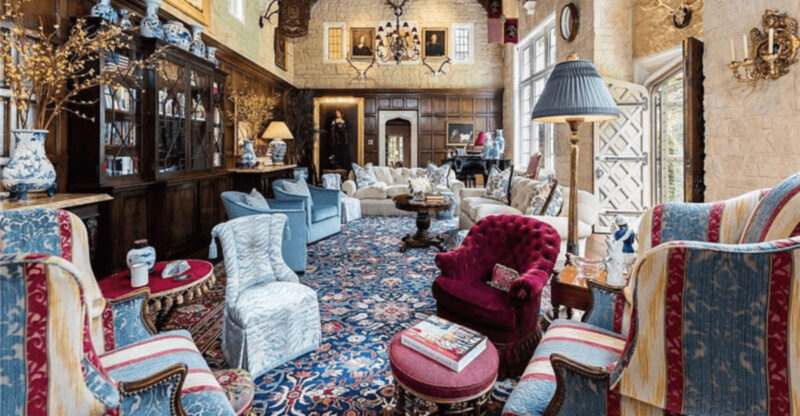Discover The Smithsonian Castle 6 Things You Should Know
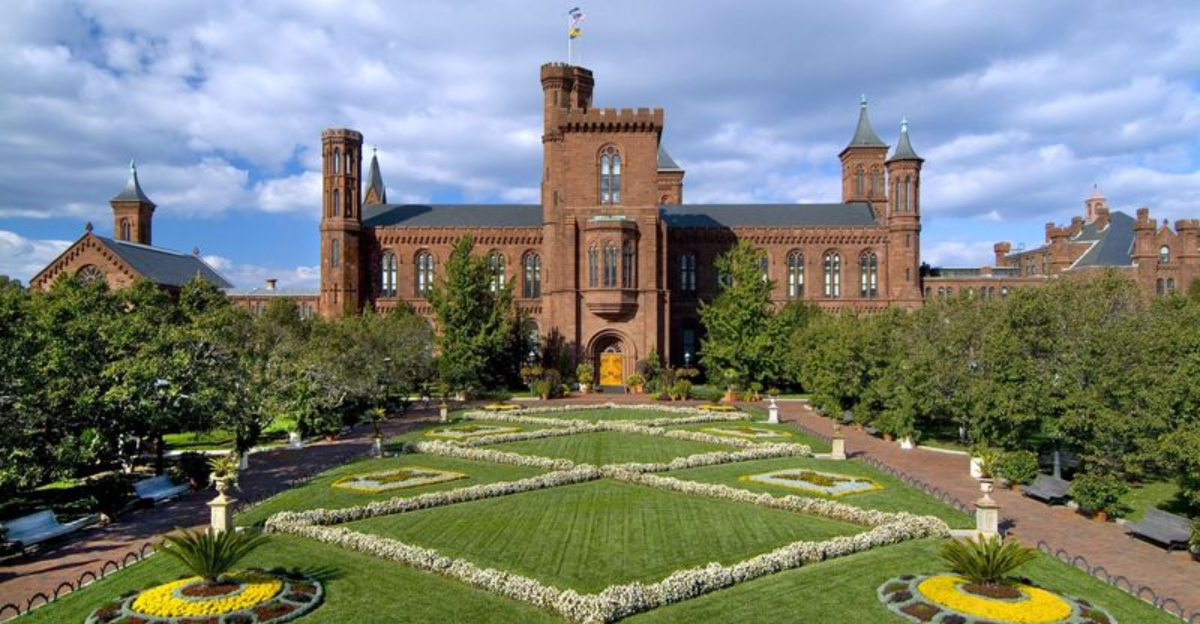
Standing majestically on the National Mall in Washington, D.C., the Smithsonian Castle has been an iconic landmark since 1855.
This distinctive red sandstone building serves as the symbolic heart of the world’s largest museum complex.
Whether you’re planning your first visit or simply curious about this American treasure, these six fascinating aspects of the Castle will deepen your appreciation for this historic gem.
1. Historic Significance
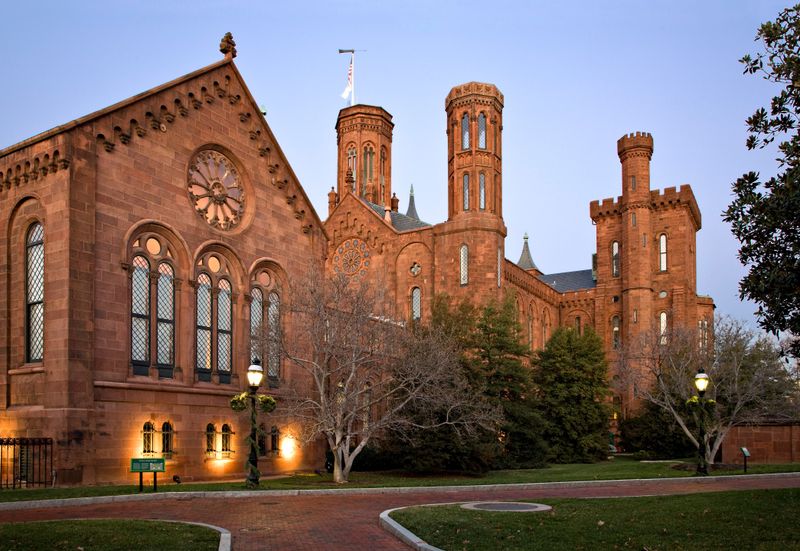
Did you know the Castle survived the Civil War and served as a temporary home for President Lincoln’s inauguration ball? Built in 1855, this iconic building was the very first Smithsonian structure, establishing what would become America’s most beloved museum complex.
The Castle initially housed all Smithsonian operations under one roof laboratories, lecture halls, exhibit spaces, and even living quarters for the first Secretary and his family.
Many visitors are surprised to learn that the building was once surrounded by rural landscape rather than the bustling National Mall we see today. During the Civil War, the Castle remained neutral ground, symbolizing the nation’s commitment to knowledge even in times of conflict.
2. James Smithson’s Legacy
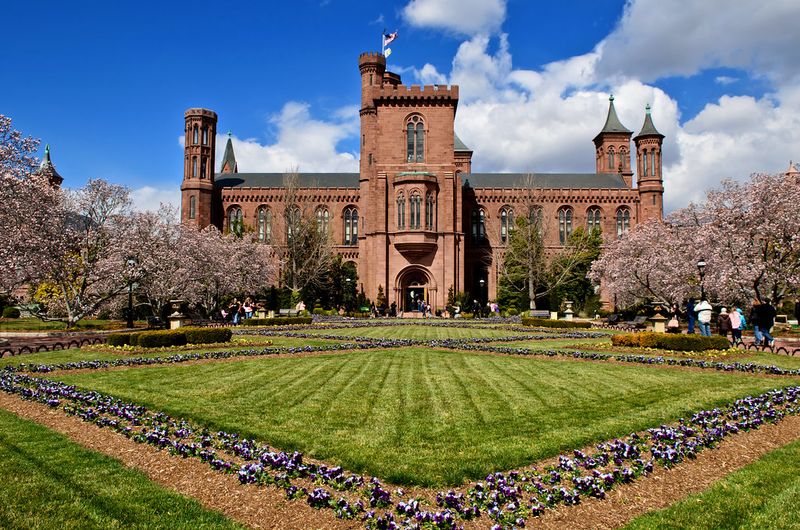
Though he never set foot in America, English scientist James Smithson left his entire fortune to create an institution for the “increase and diffusion of knowledge.” His curious bequest of $508,318 (equivalent to about $15 million today) came with virtually no instructions on how to use it.
Smithson’s remains are actually entombed within the Castle, housed in a small chapel-like room that visitors can see. The mysterious benefactor’s motivation for donating to a country he never visited remains one of American history’s great puzzles.
When the Castle caught fire in 1865, Smithson’s personal effects were tragically destroyed making the few surviving items in the collection particularly precious to historians.
3. Visitor Center and Exhibits
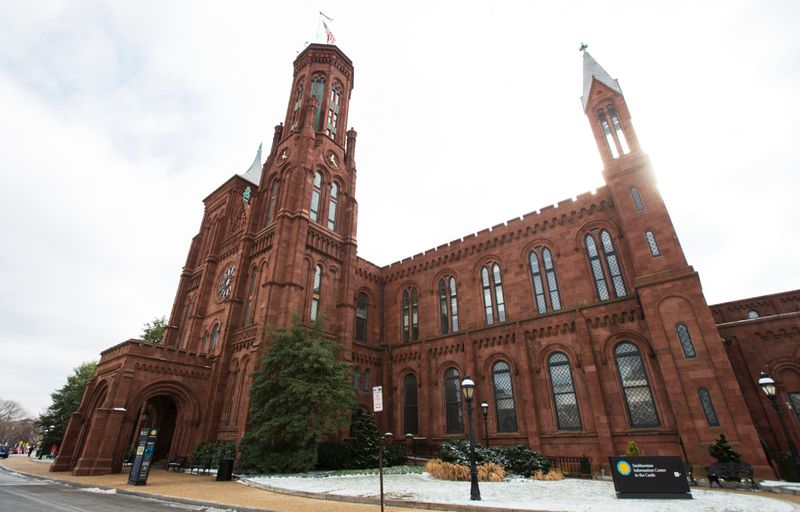
The Castle functions as the perfect starting point for any Smithsonian adventure. Inside, you’ll find friendly information specialists ready to help plan your museum journey across all 19 Smithsonian museums.
Interactive touchscreen maps show you what’s happening throughout the complex on any given day. I love the “Smithsonian Institution: America’s Treasure Chest” exhibit that offers a sampling of objects from various museums like a museum appetizer platter!
If you’re short on time, the Castle’s Great Hall features a rotating display of iconic treasures that gives you a taste of the Smithsonian’s vast collections. The visitor center also offers free WiFi, restrooms, and a café where you can recharge before continuing your exploration.
4. Architectural Features

Architect James Renwick Jr. designed the Castle in a medieval revival style that stands out dramatically among D.C.’s neoclassical buildings. The distinctive red sandstone was quarried from Seneca Creek in Maryland, giving the Castle its warm, rustic appearance that changes color throughout the day as sunlight shifts.
Nine towers of varying heights and designs create the Castle’s fairytale silhouette. Each tower serves both decorative and functional purposes some contain staircases while others were designed for ventilation in the pre-air-conditioning era.
If you look closely at the exterior, you’ll spot whimsical carved details including dragons, gargoyles and botanical motifs. The original architect’s drawings reveal that the Castle was meant to establish a uniquely American institutional style distinct from European traditions.
5. Renovation and Accessibility
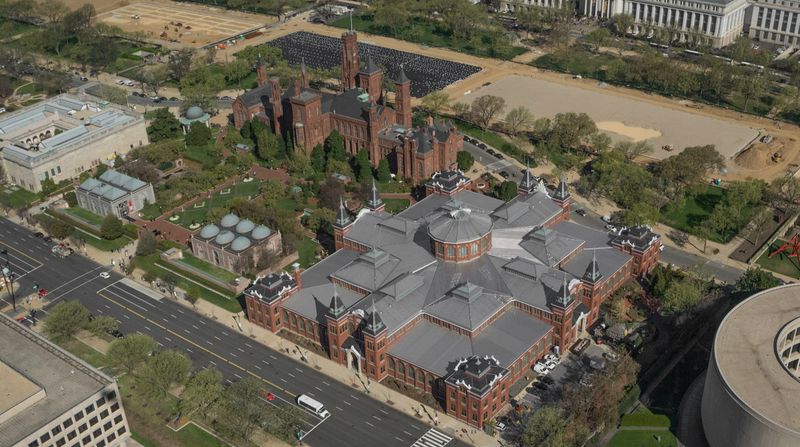
The Castle completed a major renovation in 2023, carefully balancing historic preservation with modern accessibility needs. Original wooden beams from the 1850s were reinforced while maintaining their historic appearance, and state-of-the-art climate control systems now protect both the building and its collections.
All public areas are wheelchair accessible through gently sloping entrances that blend seamlessly with the historic architecture. Tactile models of the building allow visually impaired visitors to experience the Castle’s unique design through touch.
The renovation uncovered several fascinating architectural secrets, including hidden message bottles left by 19th-century workers and original paint colors that had been covered for over a century. Today’s Castle beautifully honors its past while ensuring everyone can enjoy this national treasure for generations to come.
6. Enid A. Haupt Garden
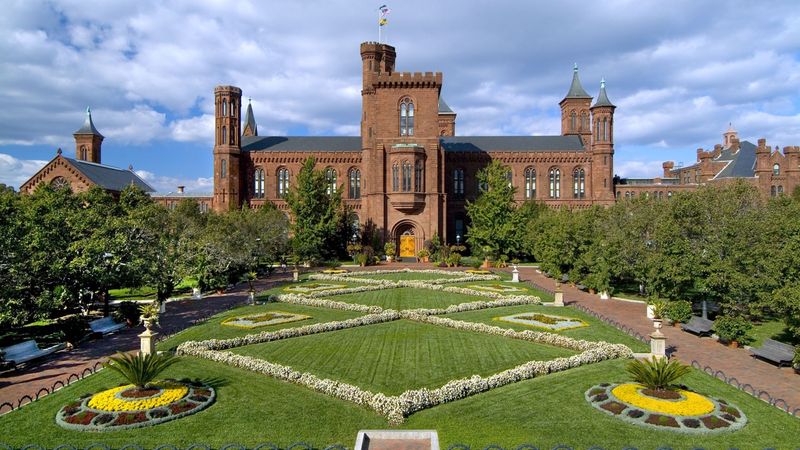
Where cannons once stood during the Civil War, the 4.2-acre Enid A. Haupt Garden now offers a peaceful retreat just outside the Castle’s south entrance. This Victorian-inspired garden combines formal design with surprising cultural elements that complement the nearby museums.
The garden features three distinct areas: the formal Parterre, the Asian-inspired Moongate Garden, and the Fountain Garden reflecting Islamic design principles. Seasonal plantings ensure the space transforms throughout the year from spring tulips to summer tropical displays to fall chrysanthemums.
Underground, beneath the garden’s beautiful surface, lies a complex of museums including the National Museum of African Art and the Sackler Gallery. The garden’s fountains, benches, and shaded pathways make it a favorite lunch spot for Smithsonian employees and visitors alike.



